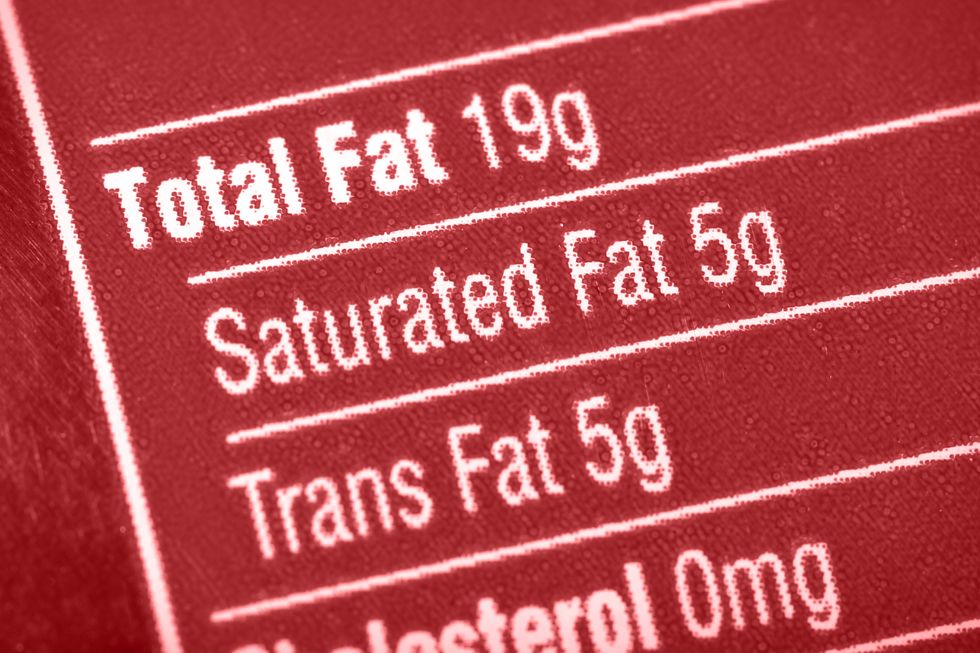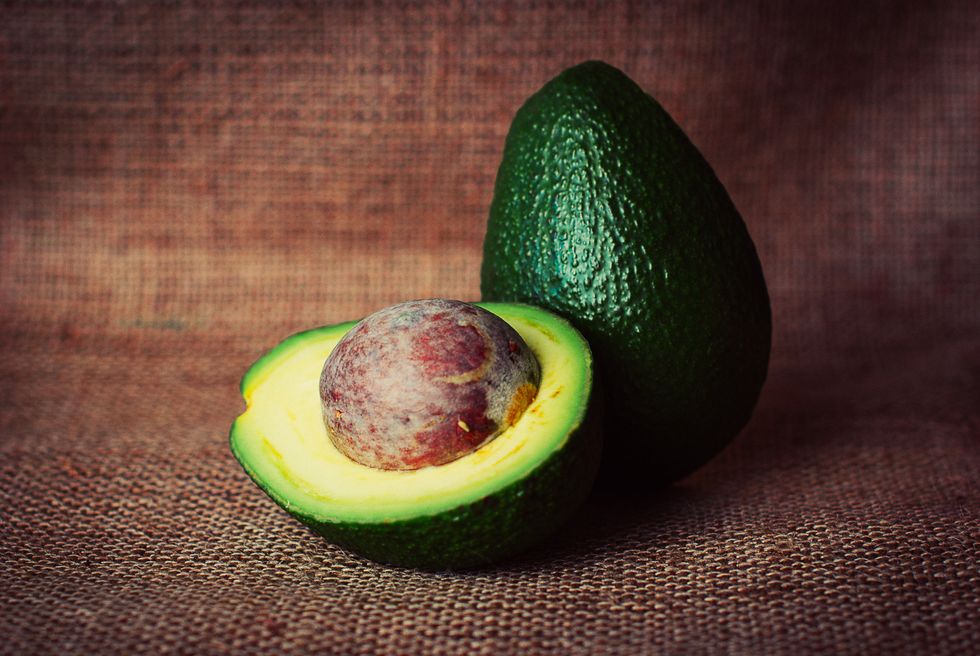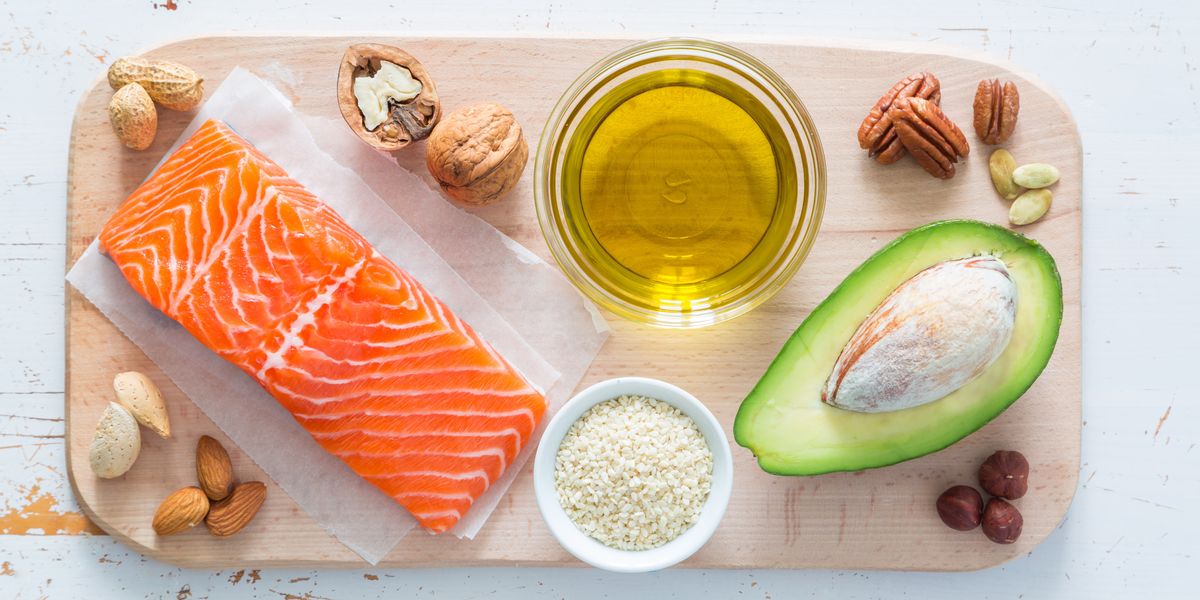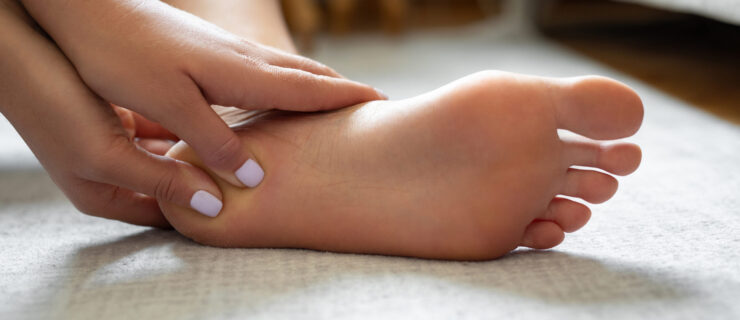True or False: Can You Spot Which Fat "Facts" Are Wrong?
In the ’90s, low-fat diets were as popular as boy bands. But by the early 2000s, the high-fat, high-protein Atkins and South Beach diets had people stocking up on steak and eggs. Now, avocado toast is arguably trendier than *NSYNC ever was, and fat is no longer thought of as a naughty f-word.
But there’s still some skepticism around how necessary fats are in a well-rounded diet, particularly among dancers. Before you reach for that grass-fed double bacon cheeseburger, make sure you know the difference between rumors and reality.
“Fat is bad for you.”

Thinkstock
False:
Fat is an essential nutrient. “Dancers in particular need it to provide adequate fueling for physical activity,” says Kim Hoban, RD. “Fats help dancers absorb other nutrients they’re taking in, and they aid in fighting inflammation.” Plus, omega-3 fatty acids can help to improve focus and concentration—crucial when it comes to picking up and remembering choreography.
Kelly Hogan, MS, RD, CDN, clinical nutrition and wellness manager at the Dubin Breast Center of the Mount Sinai Hospital, adds that fat also helps the body manufacture hormones, which are important for a variety of body functions. “For dancers who are at risk of amenorrhea, including an adequate amount of fat in the diet can help with menstrual irregularities by increasing estrogen levels,” she says.
Roughly 30 percent of your daily diet should come from healthy fats. If you’re not getting enough, you may experience low energy, difficulty with appetite control, a deficiency of fat-soluble vitamins (like A, D, E and K), loss of your menstrual cycle or poor body temperature regulation. However, too much fat could lead to weight gain and low energy levels, particularly if you’re replacing carbohydrates with fat.
“Some fats are healthier than others.”

Stocksnap
True:
There are several healthy sources of fat. It’s smart to fill your diet with avocados, nuts and nut butters, seeds (chia, hemp and flax are best), extra-virgin olive oil, fatty fish (especially salmon, tuna and sardines)and high-quality animal fats (such as grass-fed beef, chicken, organic dairy and eggs).
But avoid artificial trans fats. These man-made fats have no real health benefits. “Trans fats can lower our HDL cholesterol (the good one), raise our LDL cholesterol, increase risk for cardiovascular disease and diabetes, and increase inflammation throughout the body,” says Hogan. These fats are found in a lot of processed baked goods, fast foods, frozen foods and margarine—check ingredient labels for “partially hydrogenated oils.”
“Margarine is better for you than butter.”

Via allrecipes.com
False:
The old research indicating that margarine is more heart-healthy than butter doesn’t really hold its weight anymore, says Hoban. The spreadable butter substitute was long thought to be healthier because it has no cholesterol and less saturated fat. But some margarine contains trans fats, which have a slew of risk factors (see sidebar on opposite page). Although butter does contain saturated fat and cholesterol, using it sparingly won’t have a major negative impact on health.
“I shouldn’t eat fat before a show”

Stocksnap
Somewhat true:
Fat takes a long time to digest, so having a high-fat meal right before a performance may not sit well. “Fat helps promote the feeling of satiety, though,” says Hogan, “and can be incorporated into a pre-dance meal if you have two hours or more to digest.”
“Low-fat options are healthier.”

Stocksnap
False:
“Decreasing or removing the fat from a food like yogurt, for example, means something else needs to be added to achieve a normal flavor and consistency,” says Hoban. “Usually that thing is sugar, artificial sweeteners, flavors or other additives—meaning you’re not really getting a healthier product by skipping out on the fat.”
Plus, Hogan urges dancers to consider the satisfaction factor. “A fat-free yogurt may not feel as satisfying as whole-milk yogurt, and may leave you wanting another snack soon after.” The added sugar can lead to a blood-sugar spike, followed by a crash. “That’s not the most beneficial if you want a long-lasting energy source for a day of dancing.”




